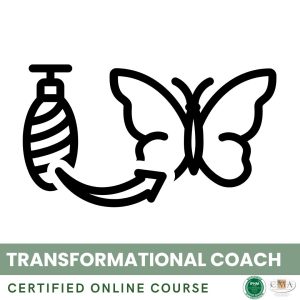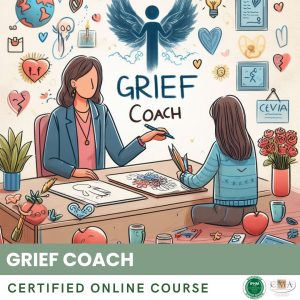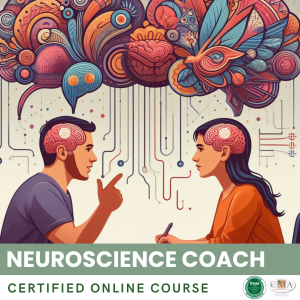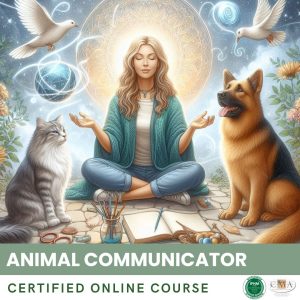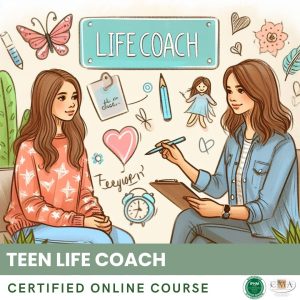Working on limiting beliefs and fears is a fundamental aspect of personal development and women’s empowerment. These internal blockades, often unconscious, are like distorting prisms that filter our perception of reality and ourselves, preventing us from fully deploying our potential and living the life we truly desire.
Limiting beliefs are thoughts we hold to be true, often since childhood, that impose arbitrary limits upon us. They can concern every aspect of life: personal capacities (“I am not capable”, “I do not deserve”), relationships (“I will end up alone”, “nobody can be trusted”), success (“life is hard”, “money is dirty”), femininity (“a woman must be perfect”, “I must choose between family and career”), etc. These beliefs act like self-fulfilling prophecies: by constantly repeating them, we end up creating realities that confirm them.
Similarly, fears are powerful emotions that often keep us in our comfort zone, preventing us from daring, innovating, and venturing into the unknown. Fear of failure, rejection, judgment, of being not good enough… All these specters paralyze us and make us give up our dreams. In women in particular, these fears are often exacerbated by gender conditionings that encourage restraint, modesty, and accommodating others first.
Identifying these beliefs and fears is the first step in freeing ourselves from them. This often requires introspection, listening to our inner dialogue, and to our recurring emotions. Keeping a journal, meditating, practicing spontaneous writing are all tools to bring to light these unconscious mechanisms. It is also very enlightening to spot their origins: messages received in childhood, painful experiences, societal injunctions… Understanding where they come from allows us to depersonalize them and question them.
The next step is learning to transform these beliefs and fears. This involves a work of reformulation: opposing each limiting thought with a positive and motivating statement. For example, transforming “I will never make it” into “I am doing my best and learning at every stage”. Or, facing the fear of rejection, assert “I unconditionally love and approve of myself”. Regularly repeating these new beliefs, writing them, visualizing them helps to root them and gradually reprogram the mental software.
Acting “as if” is another powerful key to transformation. This means deliberately choosing to act contrary to habitual beliefs and fears, to experience new ones. For example, if I believe that “I’m not able to speak in public”, I can choose to volunteer for a presentation, focusing my attention on my message rather than on my nervousness. By repeating these types of “correcting experiences”, I create new proofs that debunk my old beliefs and boost my confidence.
Cultivating mindfulness is also a valuable ally. By learning to observe my thoughts and emotions from a distance and with kindness, I stop identifying with them. I realize that they are only transient mental events, and not the ultimate reality. I can then choose not to fuel them, not to let them guide my actions. Regular meditation, even a few minutes per day, is a very effective practice for developing this mental muscle.
The tools of Divine Feminine Healing provide numerous resources for this work of liberation. Speaking circles are safe spaces to name and share these inner issues, often taboo. Realizing that one is not alone in doubting, in being afraid is already very comforting and guilt-relieving. Bodily practices such as dance or yoga allow reconnecting with the body, seat of intuition and deep trust. Rituals and celebrations are invitations to transcend habitual boundaries, to dare to embody new facets of oneself.
Take the example of Anna, a talented artist who dreams of exhibiting her works but does not dare to cross the line, convinced that “the world of art is too elitist” and that she “is not good enough”. By exploring her beliefs during an art therapy workshop, she realizes that she internalized very young this message from a teacher who harshly criticized her work. Sharing her experience with other female artists, she discovers that this type of experience is very common and more about power dynamics than real talent.
Empowered by this awareness, Anna decides to engage in a collective exhibition project with other creators. Despite her doubts and fear of external judgment, she chooses to act “as if” she believed in herself, focusing her energy on the message she wants to convey through her art. Encouraged by the supportive dynamic of the group, she dares to present her works that receive great success. This positive experience roots a new belief in her: “I have my place in the world of art and my work deserves to be seen”.
Like Anna, every woman has the power to liberate herself from her internal shackles to deploy her full potential and dare to live the life of her dreams. By daring to face her beliefs and fears, welcoming them with softness and determination, she reclaims her power of creation and becomes an inspiring model for others. This is the whole purpose of the empowerment work at the heart of Divine Feminine Healing: to reveal the power and freedom hidden in every woman, beyond limiting conditionings. A demanding but oh so liberating journey, with exponential benefits for oneself and the world.
Key points to remember:
– Limiting beliefs and fears are internal obstacles that prevent us from deploying our full potential. They act as distorting filters on our perception of reality.
– Limiting beliefs are thoughts that we hold as true and impose arbitrary limits on every area of life. They become self-fulfilling prophecies.
– Fears keep us in our comfort zone and paralyzes us, preventing us from daring and innovating. They are often exacerbated in women by gender conditionings.
– To free ourselves from limiting beliefs and fears, we must first identify them through introspective work (journaling, meditation, spontaneous writing). Understanding their origins helps to depersonalize them.
– Transforming beliefs involves reformulating: opposing positive statements to limiting thoughts, repeating and rooting them. Acting “as if” one already has new beliefs allows creating corrective experiences.
– Cultivating mindfulness helps to distance oneself from limiting thoughts and emotions, to no longer identify with them. Meditation is a valuable tool for this.
– The tools of Divine Feminine Healing (speaking circles, physical practices, rituals) provide a safe space to work on these issues and dare new attitudes.
– By daring to face her beliefs and fears gently and determinedly, each woman can reclaim her power of creation and become an inspiring model for others.
👉 To download docx (Editable) file click here : Click here
👉 To download PDF file click here : Click here
👉 To download MP3 file click here : Click here


